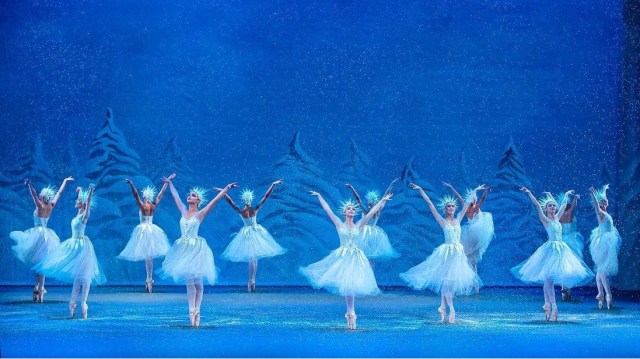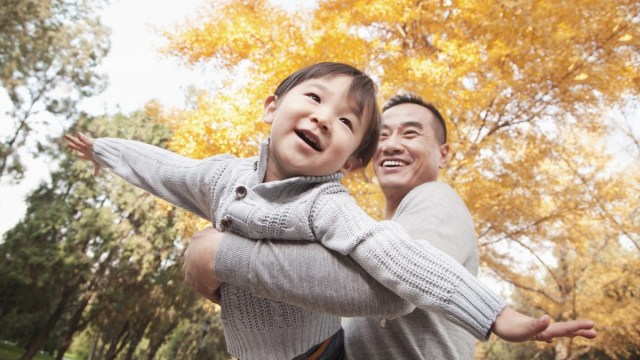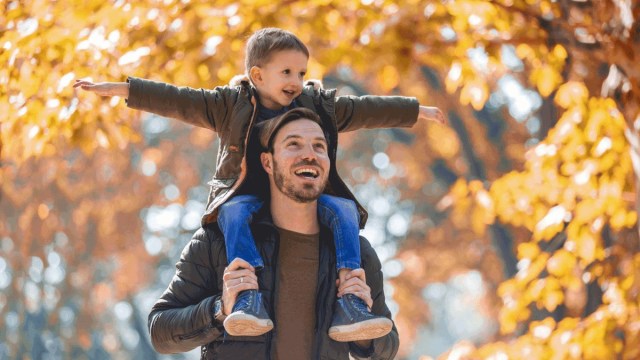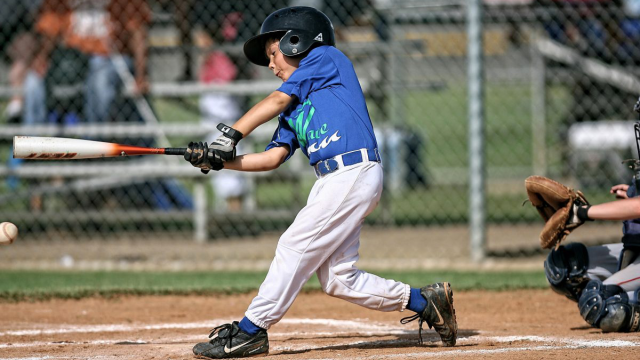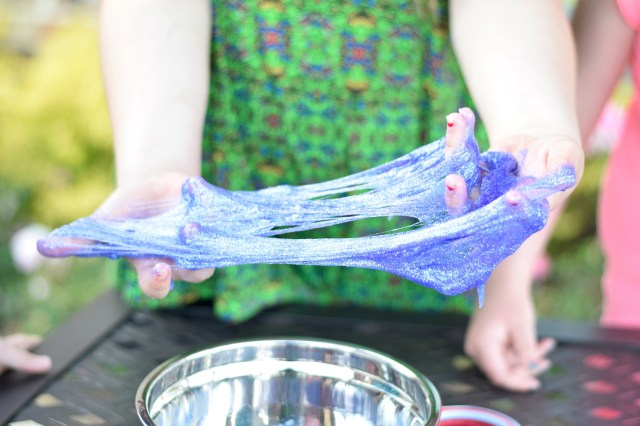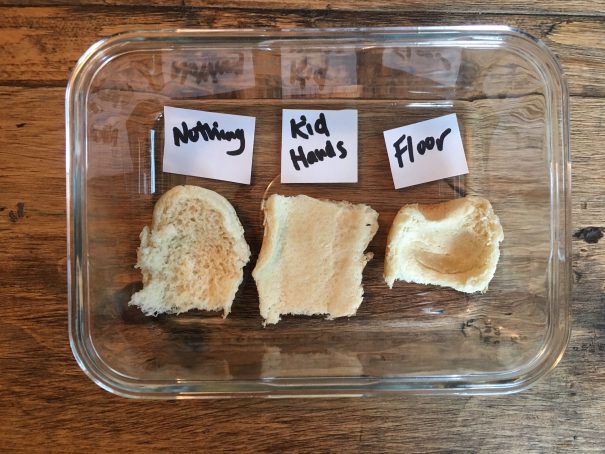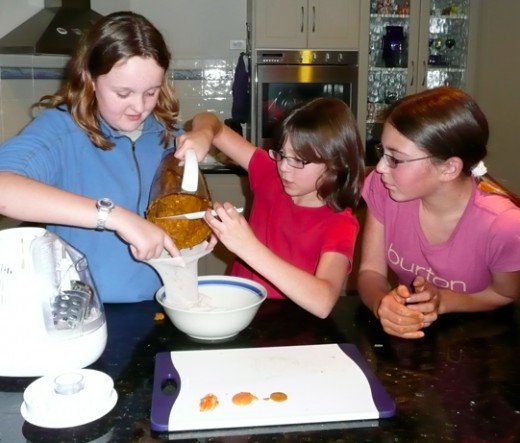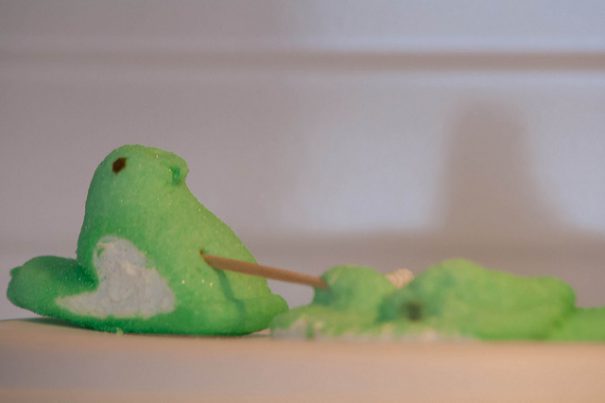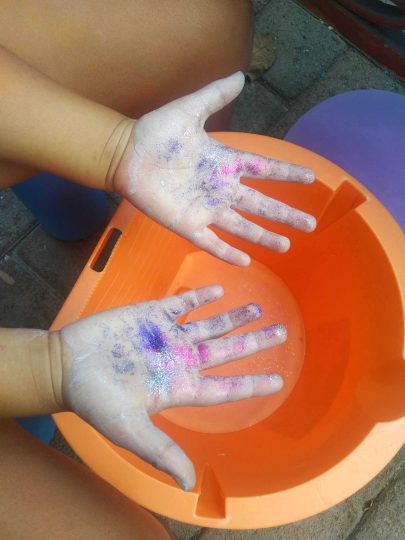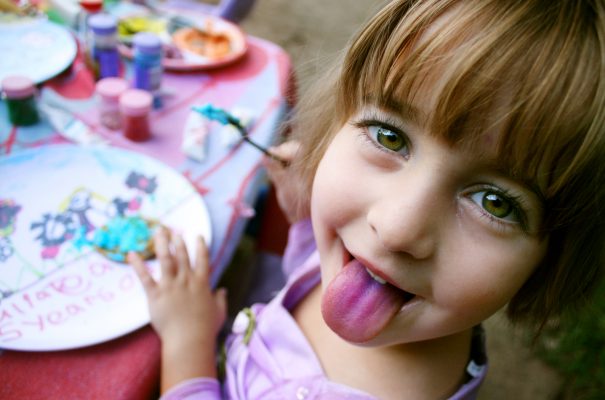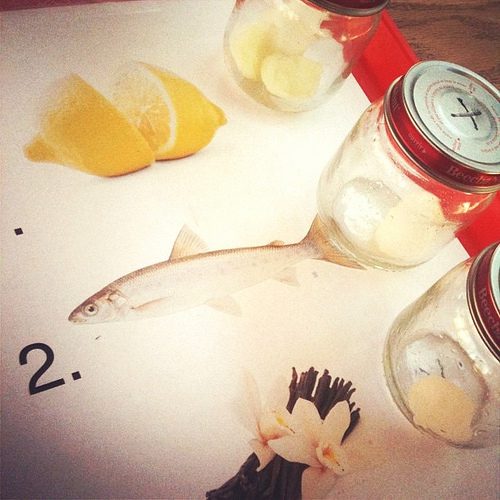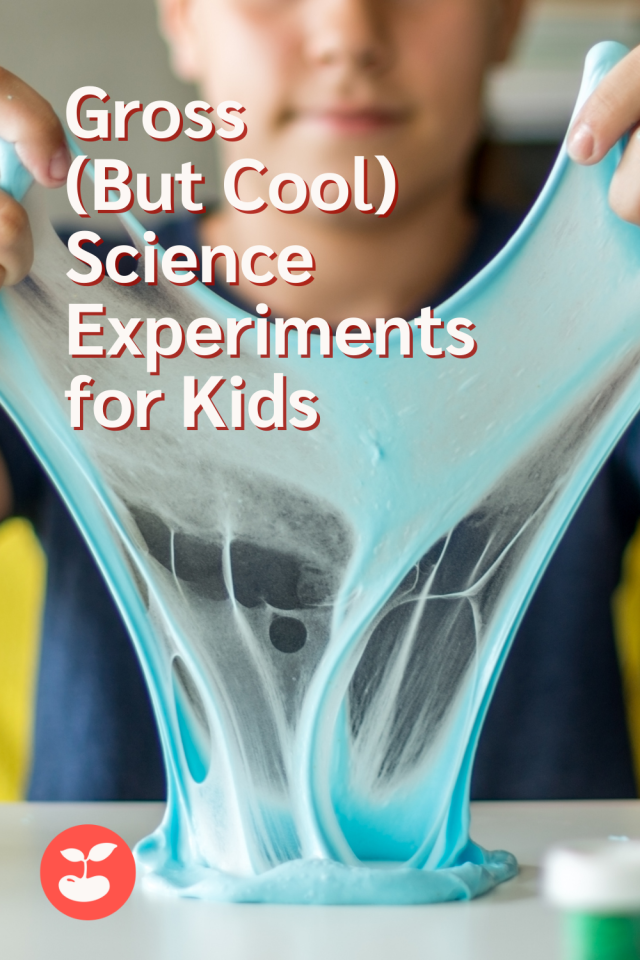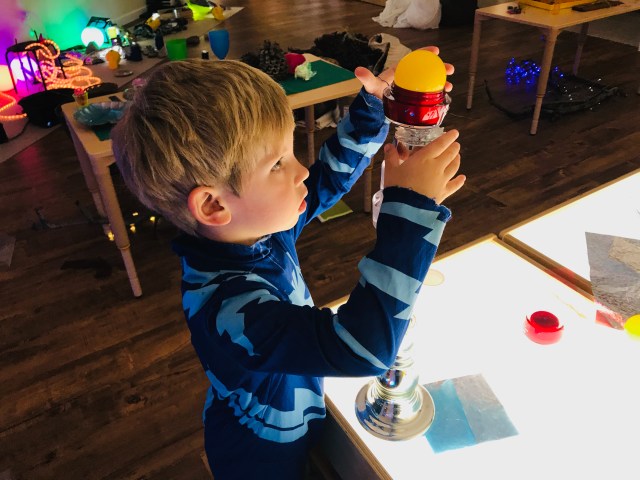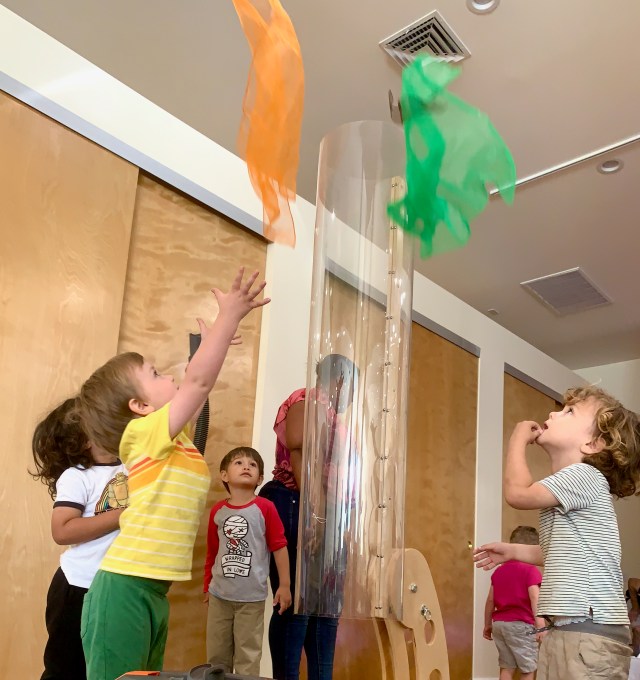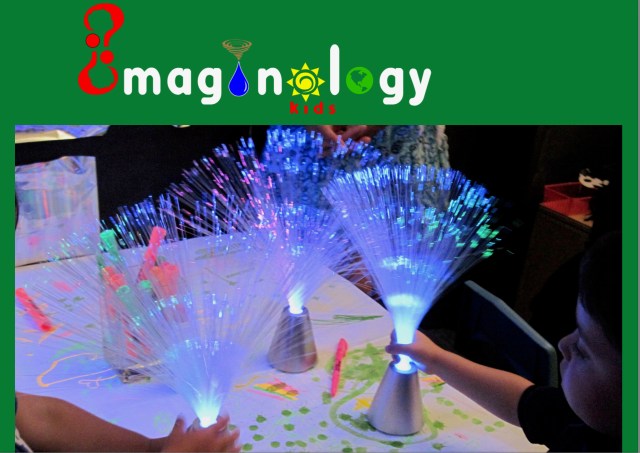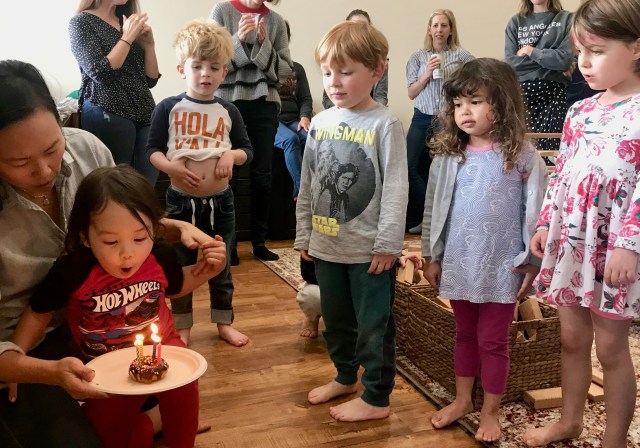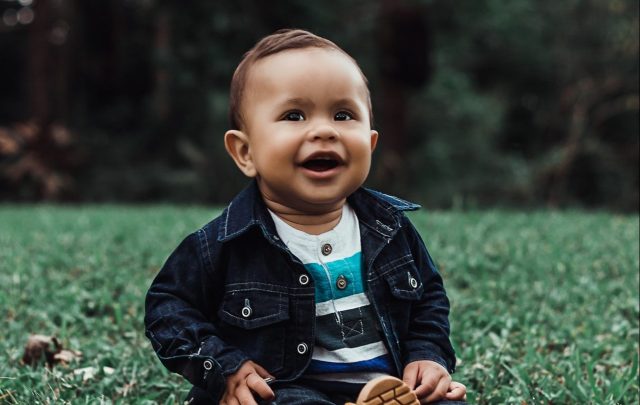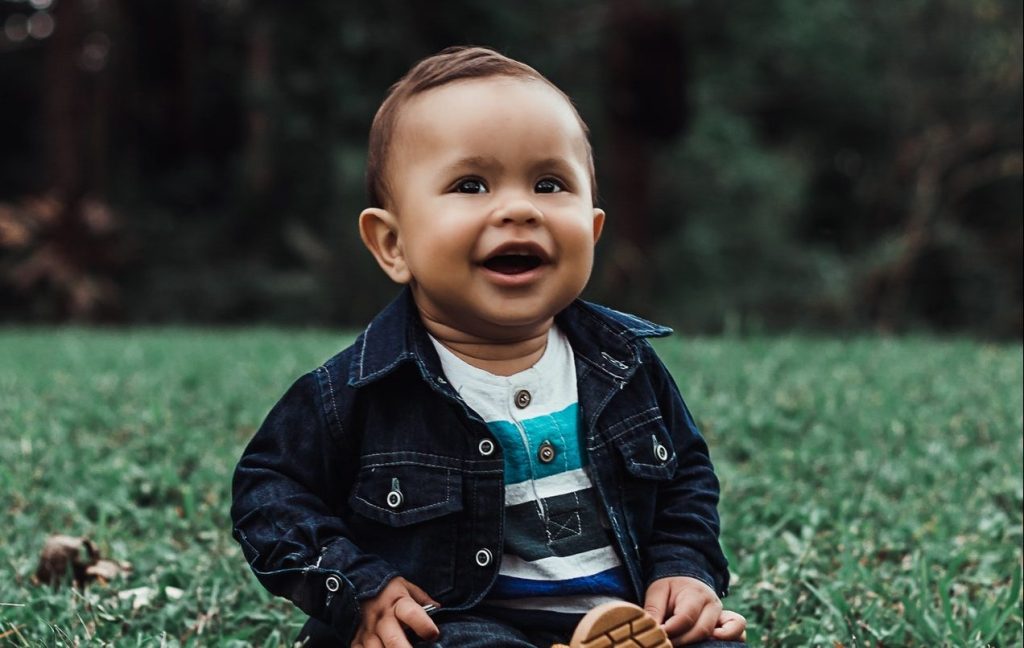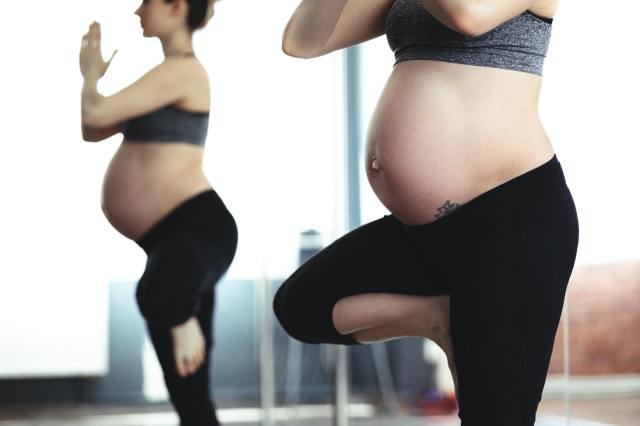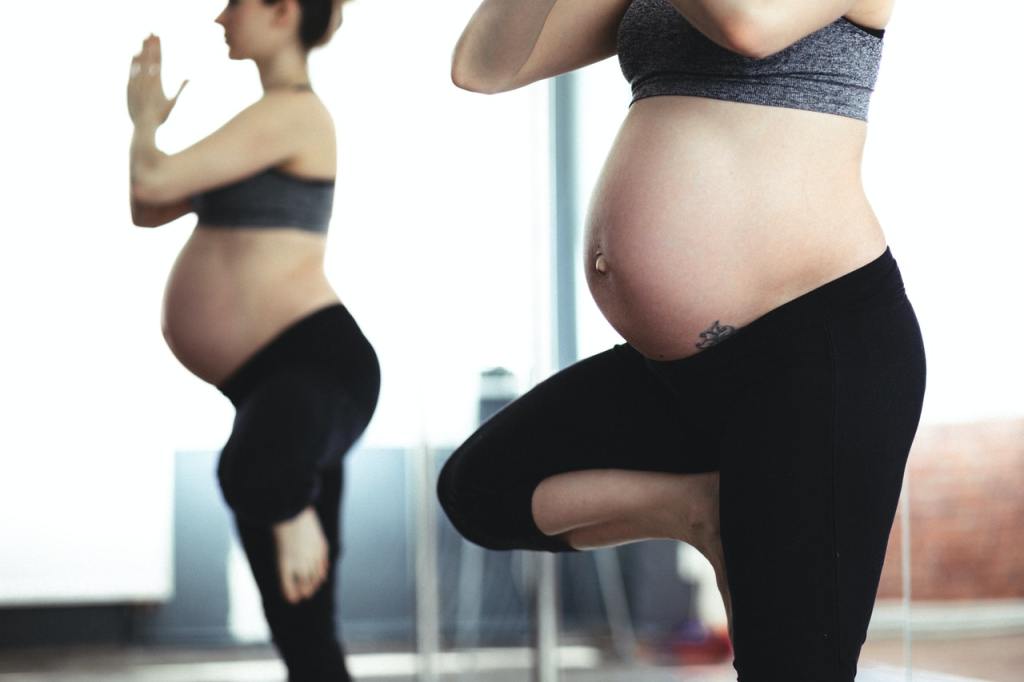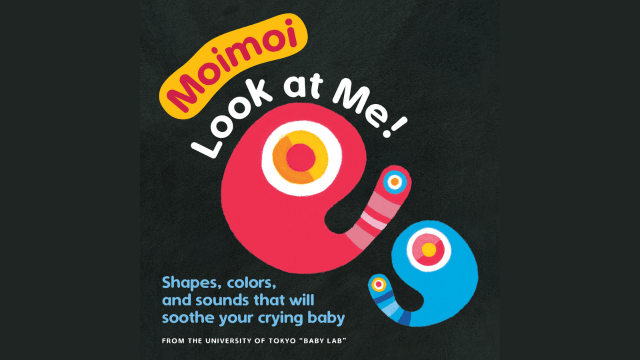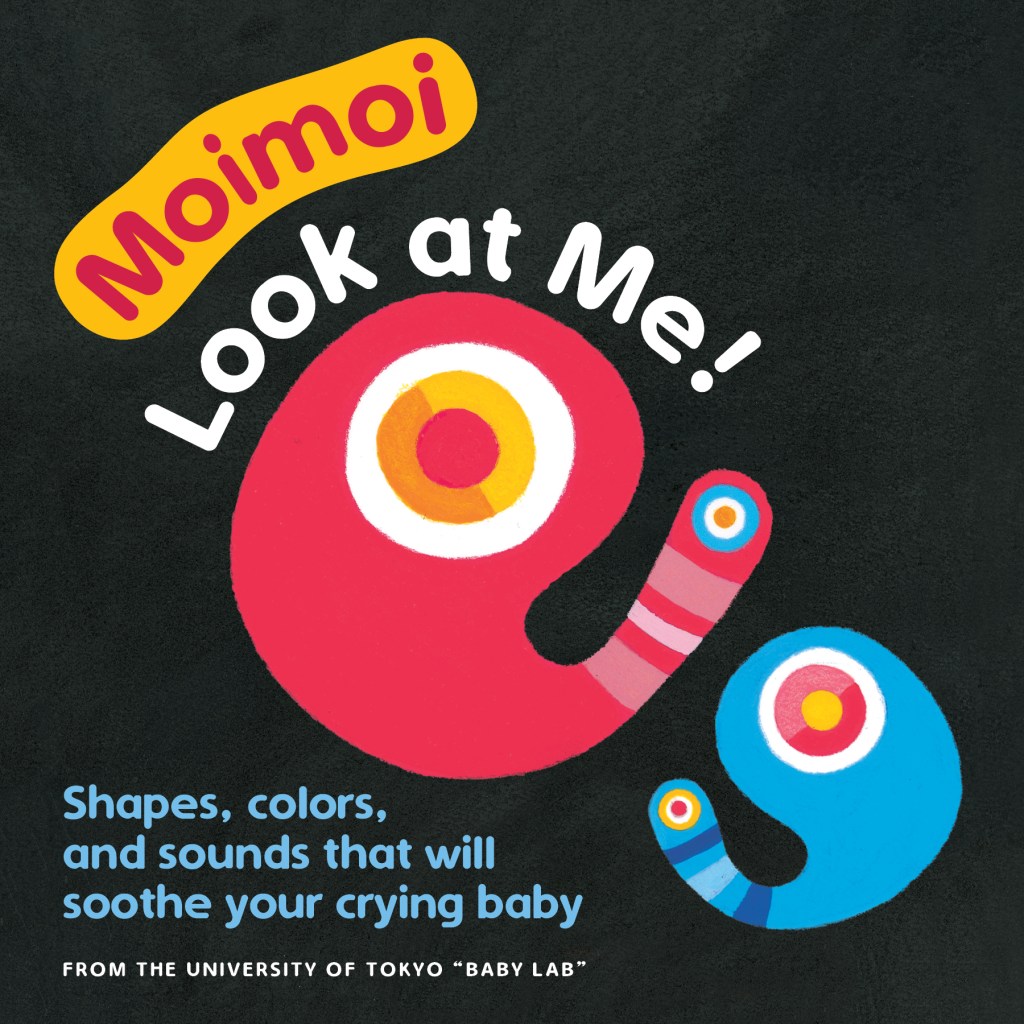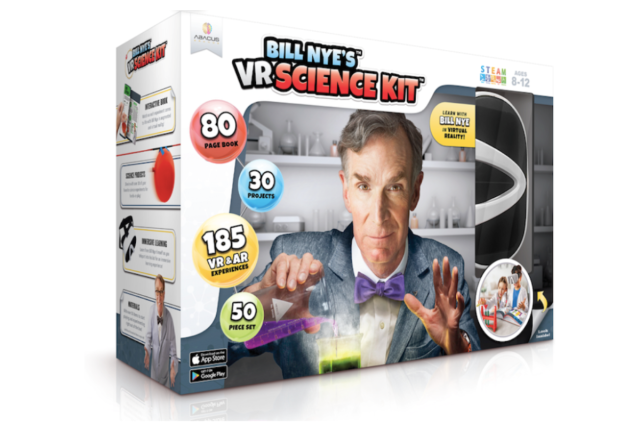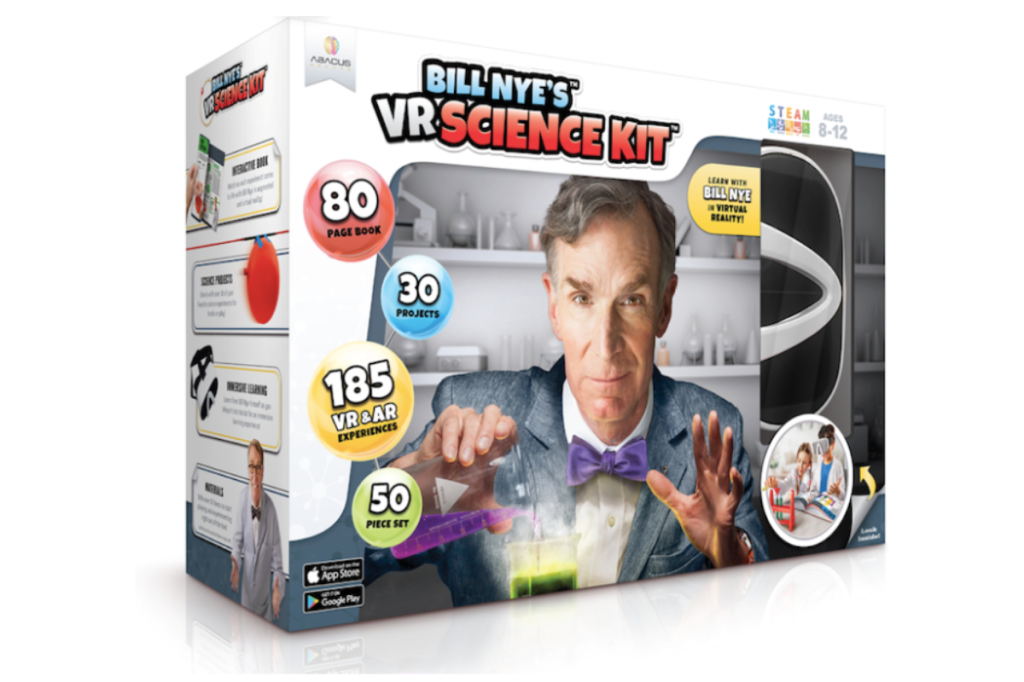Your guide to finding the best performance for The Nutcracker in Los Angeles for kids and their grown-ups
The Christmas season, holiday lights, and those must-see holiday events may seem like a way’s off, but tickets to Los Angeles’ most popular Nutcracker ballet performances and Nutcracker events are already on sale—add to that, limited performance dates. So now’s the time to leap for tickets to see the holiday classic (in one of its many iterations) with our guide to the best Nutcracker experiences in Los Angeles. Whether you are new to the story or seeing the epic tale is already a family tradition, here are all the details on which LA Nutcracker ballet productions and which Nutcracker events are best for you and your family.
For Kids New to The Nutcracker
The Immersive Nutcracker: If you (and your kids) aren't ready to sit through a live theater performance but you want to introduce them to the wonderful world of The Nutcracker, then step into this interactive Nutcracker family-friendly experience that brings this holiday fairy tale to life right before your eyes. At this Immersive Nutcracker Experience, similar to the Immersive Van Gogh experience, you'll follow the sound of Tchaikovsky's timeless score, walk through beautifully crafted environments, and relive the Nutcracker’s story with the help of enchanting projections. Along the way you'll find photo-ops and meet life-sized Nutcrackers.
Dates: Nov. 19th–Dec. 31 (except Dec. 5-6, 11-12, and Dec. 25)
Cost: $30 per person; $27 for a family pack (4 people plus you receive a small gift)
Lighthouse Immersive Los Angeles
6400 Sunset Blvd.
Los Angeles
Online: immersivenutcrackerexperience.com
Narrated Nutcracker for Children & Families: Festival Ballet Theatre’s lavish 45-minute, narrated rendition of The Nutcracker is specially designed to introduce young children to the beauty of classical ballet and music. Celebrate the season with our heroine Clara, her Nutcracker, the Mouse King and the Sugar Plum Fairy as they take you on a magical journey to the mystical Kingdom of Sweets.
Date: Dec. 3 & 4; various times
Cost: $10
Huntington Beach Central Library Theater
7111 Talbert Ave.
Huntington Beach
Online: festivalballet.org
Nutcracker Tea at The Waldorf Astoria: Spend an elegant afternoon at The Waldorf Astoria and enjoy a full High Tea plus a special preview performance from Los Angeles Ballet's The Nutcracker. Dine on classic tea-time delicacies and specially blended teas. You'll also have the chance to shop the special winter boutique, and take photos with Santa, Clara, Nutcracker and Baby Mouse! You'll also receive exclusive admission to the final rehearsal of The Nutcracker with orchestra at the Dolby Theatre along with a private champagne reception.
Good to Know: This event sells out every year so don't delay on purchasing tickets if you have your heart set on this once-a-year Nutcracker Tea in Los Angeles event.
Dates: Nov. 19 & 20; various times
Cost: $500 & Up
Waldorf Astoria Hotel
9850 Wilshire Blvd.
Beverly Hills
Online: losangelesballet.org
The Nutcracker for Kids
Red Chair Productions: What’s more kid-friendly than a production filled with other kids? This Nutcracker features performers ages 7-18 in principal roles, plus lavish sets and sparkly costumes. This year, there are three performances (two that are during the day!) so make sure to grab your tickets ASAP.
Date: Dec. 10 & 11th; various times
Cost: $6 & up
Alex Theatre
216 N Brand Blvd.
Glendale
Online: redchairproductions.org
Festival Ballet Theatre: Visions of sugarplums and beautiful ballerinas will dance in your head after seeing Tchaikovsky’s delightful Christmas ballet, Nutcracker for Kids! performed in a condensed version created just for kids. This annual favorite finishes with a jolly visit from Santa Claus himself. This fun 45-minute concert is designed especially for children 5-11.
Date: Dec. 3; 10 a.m. & 11:30 a.m.
Cost: $45 & up
Segerstrom Center for the Arts
600 Town Center Dr.
Costa Mesa
Online: scfta.org
Dudamel Conducts The Nutcracker: Symphonies for Youth: Recommended for ages 5-11; this timeless Christmas favorite offers drama and memorable melodies.
Good to Know: When Dudamel last led The Nutcracker in concert with the LA Phil in 2013, the Los Angeles Times Mark Swed raved the beloved music was "irresistible" and "reinvigorated," noting it was a rare treat to experience Tchaikovsky’s score treated as the main attraction with nuance and flow. Hear Dudamel bring out the drama and many colors of this holiday favorite in a performance of the classic ballet, featuring dance elements.
Date: Dec. 10 & 17; 11 a.m.
Cost: $23-$27
Walt Disney Concert Hall
111 S. Grand Ave.
Los Angeles
Online: laphil.com
The Broad Stage: If it’s a mix of LA tradition and classic ballet you are looking for, Westside Ballet’s production at The Broad Stage in Santa Monica is right up your alley. This is the longest-running Nutcracker production in LA. This is particularly friendly for young theater-goers as there are early matinees, booster seats for the little ones.
Dates: Nov. 26-27; Dec. 3-4; 1 p.m. & 5 p.m.
Cost: $50
The Broad Stage
1310 11th St.
Santa Monica
Online: westsideballet.com
Hip Hop Nutcracker: A unique and joyful holiday mash-up for the whole family, The Hip Hop Nutcracker is a contemporary dance spectacle set to Tchaikovsky’s timeless music. Directed and choreographed by Jennifer Weber, the production is performed by a supercharged cast of a dozen all-star dancers, a DJ, a violinist, and MC Kurtis Blow, one of Hip Hop’s founding fathers. Through this remixed and reimagined version of the classic, the dynamic performers of The Hip Hop Nutcracker take audiences on a journey that celebrates love, community and the magic of the holiday season.
Dates: Nov. 16; 5 p.m & 8 p.m.
Cost: $25
Dolby Theatre
6801 Hollywood Blvd.
Hollywood
Online: culturela.org
Where to Find Classic The Nutcracker Performances in Los Angeles
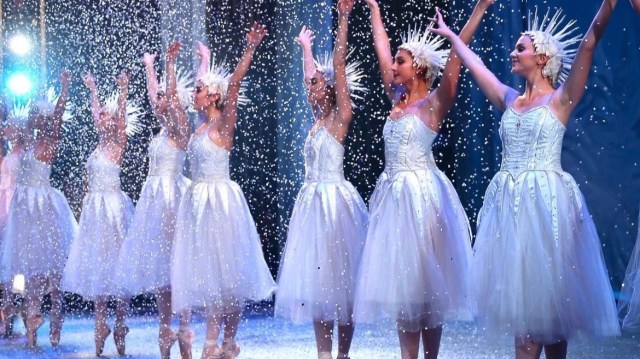
Los Angeles Ballet: This holiday performance by the Los Angeles Ballet (LAB), accompanied by the LA Ballet Orchestra, is set to Tchaikovsky’s iconic score, staying true to the traditions of the holiday story with some surprises. This production is set in 1912 Los Angeles. Throughout the five scenes in two acts you will find hints and tastes of Southern California—a Spanish-style home, calla lilies, bougainvillea, the snowy forests of the Sierras, Venice archways, a moonlit Pacific Ocean and more! If the below dates don't work, there are additional performances at the Alex Theatre, Redondo Beach Performance Center, and Royce Hall UCLA.
Dates: Dec. 22-24, Dec. 26
Cost: $60 & up
The Dolby Theatre
6801 Hollywood Blvd
Hollywood
Online: ticketmaster.com
American Ballet Theatre: With an impressive cast of more than 100 performers, ABT’s The Nutcracker features set and costumes by Richard Hudson (Tony Award winner, The Lion King), with choreography by ABT Artist in Residence Alexei Ratmansky. Praised as a "… colorful, cinematic creation filled with spectacle, humor and eye-popping costumes."
Dates: Dec. 9-11, Dec. 14-18; various times
Cost: $35 & up
Segerstrom Center for the Arts
600 Town Center Dr.
Costa Mesa
Online: scfta.org
The Long Beach Nutcracker: One of Southern California's favorite Nutcracker performances returns to the Terrace Theatre. Long Beach Ballet's Nutcracker production boasts dazzling special effects, grand-scale scenery and radiant dancing. The holiday favorite is presented with a live symphonic orchestra, two harps, and children's choir. This year's production will feature Seth Orza, former principal dancer with the Pacific Northwest Ballet, as The Nutcracker Prince, and Megan Wilcox, formerly with the world renowned Dresden Ballet, as the Sugarplum Fairy.
Dates: Dec 16-18; Dec. 22-23; various times
Cost: $27 & up
Terrace Theatre Long Beach
300 E Ocean Blvd #300
Long Beach
Online: longbeachnutcracker.com

The Nutcracker by the World Ballet Series: This Los Angeles Nutcracker is performed live by a multinational cast of 50 professional ballet dancers gathered to bring this most beloved holiday tradition to life. A family-friendly experience accompanied by Tchaikovsky’s timeless music, more than 150 hand-sewn costumes, hand-crafted sets, and classic Marius Petipa choreography.
Dates: Dec. 16-17; 6 p.m. & 7 p.m.
Cost: $55 & up
The Saban Theatre
8440 Wilshire Blvd.
Los Angeles
Online: worldballetseries.com
San Gabriel Mission Playhouse: Experience the timeless Nutcracker story with all new choreography for 2022 featuring guest artists Katherine Williams and Eric Tamm, of American Ballet Theatre, supported by a cast of over 50 dancers!
Dates: Dec. 22-24; various times
Cost: $25 & up
San Gabriel Mission Playhouse
320 S. Mission Dr.
Pasadena
Online: pasadenadance.org
Inland Pacific Ballet: This company's production of The Nutcracker includes dazzling sets, falling snow and an antique original Albany Flyer One Horse Open Sleigh. More than 80 dancers in intricately designed costumes help bring the classic story to life with magnificent ballet, beautiful sets, dazzling costumes and of course, Tchaikovsky’s classic score.
Good to Know: There will be IPB Nutcracker Ballet performances at the Lewis Family Playhouse in Rancho Cucamonga on Dec. 3-4 & Dec. 10-11.
Dates: Dec. 17-18; 1 p.m. & 6:30 p.m.
Cost: $58 & up
Fox Performing Arts Center
3801 Mission Inn Ave.
Riverside
Online: ticketmaster.com
The Nutcracker Suite by American Contemporary Ballet: An immersive experience—for all five senses—of the Tchaikovsky classic that delights children and adults alike, transporting the Tchaikovsky classic to a reimagined Land of Sweets high above the city. Los Angeles performances of The Nutcracker Suite are followed by an artist reception with live music.
Date: Nov. 25-Dec. 24; various dates and times
Cost: $65-$140
ACB Performance Venue
Two California Plaza
Los Angeles
Online: us.patronbase.com
A Nutcracker Gala to Remember
Debbie Allen's Hot Chocolate Nutcracker Gala: This special, one-night-only Gala will showcase the timeless tale—the great Christmas Eve party scene takes place in 1928-era New Orleans. Kara Johnson receives a nutcracker filled with hot chocolate and upon falling asleep is transported to a land of wonder by a trio of mischievous mice. This spin includes an original score by Mariah Carey, young LA dancers who are all students of the Debbie Allen Academy and Debbie Allen herself. Treat your family to this not-so-classic adventure, and even those who poo-poo the tutu will have a blast.
Date: Dec. 3
Cost: $50 & up
Redondo Beach Performing Arts Center
1935 Manhattan Beach Blvd.
Redondo Beach
Online: thehotchocolatenutcracker.com
The Nutcracker by the LA Philharmonic
The Nutcracker with Dudamel: Tchaikovsky & Ellington: "From Sugar Plum Fairies to Sugar Rum Cherries." When Dudamel last led The Nutcracker in concert with the LA Phil in 2013, the Los Angeles Times’ Mark Swed wrote the music was “irresistible” and “reinvigorated,” noting it was a rare treat to experience Tchaikovsky’s score treated as the main attraction with nuance and flow. This time Dudamel conducts the holiday favorite with a twist, when he leads both Tchaikovsky’s original as well as Billy Strayhorn and Duke Ellington’s swinging reimagination of the many colors and drama of the original.
Date: Dec. 3-4; Dec. 14, 18; various times
Cost: $77 & up
Walt Disney Concert Hall
111 S. Grand Ave.
Online: laphil.com
